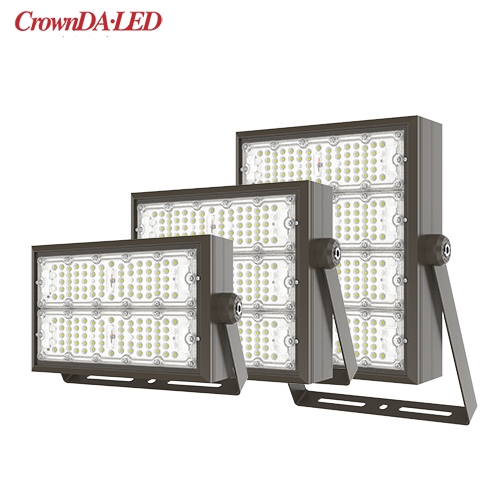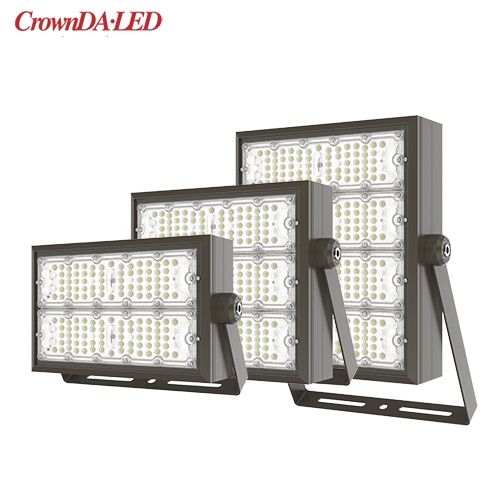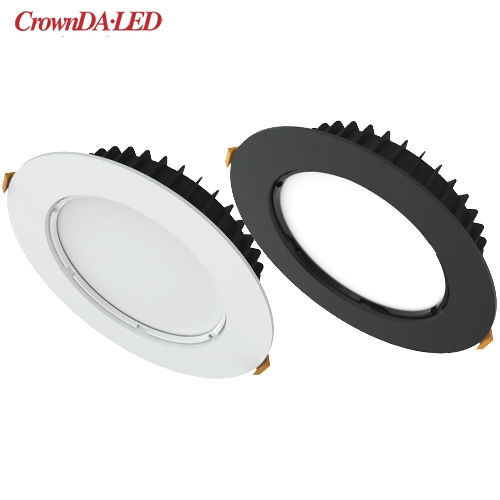Introduction to the heat dissipation method of outdoor lighting street lamps
Views : 2709
Author : Shenzhen Crown Lighting
Update time : 2021-07-29 11:28:26
Introduction to the heat dissipation method of outdoor lighting street lamps
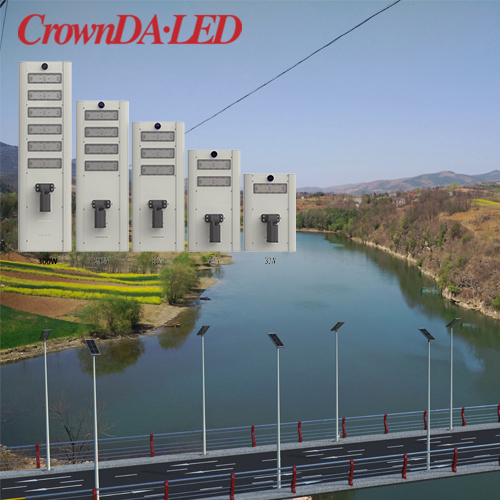
Heat dissipation is a very important element that affects the lighting intensity and life of led lights street. At present, the active cooling methods of outdoor lighting LED street lamps mainly include: air cooling, liquid cooling, heat pipe cooling, semiconductor cooling, chemical cooling, etc. The surface of the new rural solar street light pole with traditional height is galvanized with a thickness of 55μm, which is very small. After the galvanizing is returned, the galvanized layer will be directly damaged by the angle grinder polishing, and the damaged galvanized parts will lose the anti-rust ability.
Among them, air-cooled heat dissipation is a common heat dissipation method, and it is also a relatively cheap way. Its essence is to use the fan to take away the energy absorbed by the radiator. It is easy to install, but it has low reliability, high dependence on the environment, and high temperature. Overclocking will affect the heat dissipation performance, and often the life of the fan is shorter than that of the street lamp led chip.
The heat pipe is a heat transfer element, which makes full use of the principle of heat conduction and the fast heat transfer properties of the refrigerating medium. The evaporation and condensation in the fully enclosed vacuum tube transfer energy. It has thermal conductivity, good isothermality, and heat transfer on both sides of the cold and heat. The area can be changed arbitrarily, heat can be transferred over a long distance, and the temperature can be controlled.
Liquid cooling heat dissipation is the forced circulation of the liquid under the drive of the pump to take away the heat of the radiator. Compared with air cooling, liquid cooling is quieter and more stable, and less dependent on the environment. Considering the cost and ease of use, water is usually used as a heat dissipation conductor, so it is also called a water-cooled radiator. Semiconductor refrigeration is the use of a special semiconductor refrigeration sheet to produce a temperature difference when it is energized to achieve the cooling effect. By effectively dissipating heat in the high temperature section, the low temperature section is continuously cooled.
Chemical refrigeration is the use of ultra-low temperature chemical substances, which absorb a large amount of heat when they melt to lower the temperature. Dry ice and liquid nitrogen are usually used. At present, there are companies that have cooled the temperature of the packaged outdoor lighting LED lamps and LED street lights to below 40 degrees. It is made of aluminum alloy material, taking advantage of its good heat dissipation and not easy to corrode. The heat dissipation structure guides the heat to dissipate upwards and around the center axis starting from the heating element. It is a cylindrical structure of radioactive sunflowers, which enlarges the surface area and dissipates heat. A special medium is added to the center of the device to quickly transfer the heat to the inner surface of the radiator lamp housing, and the heat is taken away by the fins of high heat dissipation material and the air exchange, so that the LED temperature is close to 30 degrees at room temperature.
Related products
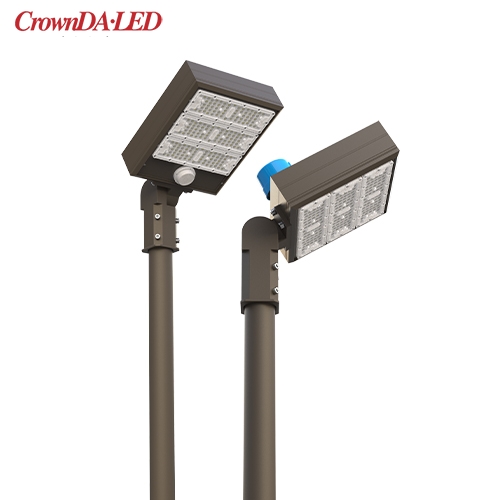
ARQ Series Shoebox LED lights, UL DLC listed, 100W-400W, 5-10 Years Warranty, 100-480VAC, 140-200lm/W
► UL/cUL/SAA/FCC/CE/Rohs Approval
► DLC 5.1 Premium
► Photocell, Daylight harvest, Microwave Sensor, 0-10V Dim Optional
► Multi-Voltage: 100-277V/100-347V/480Vac
► 100W-400W, 140-200 lm/W
► IP66, 5-10 years warranty
Subscribe
We will share with you our latest product info or LED industy info. Thanks.


